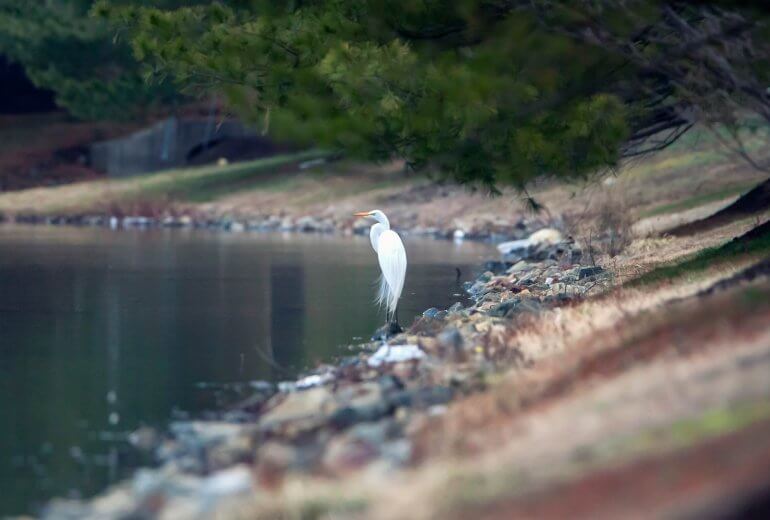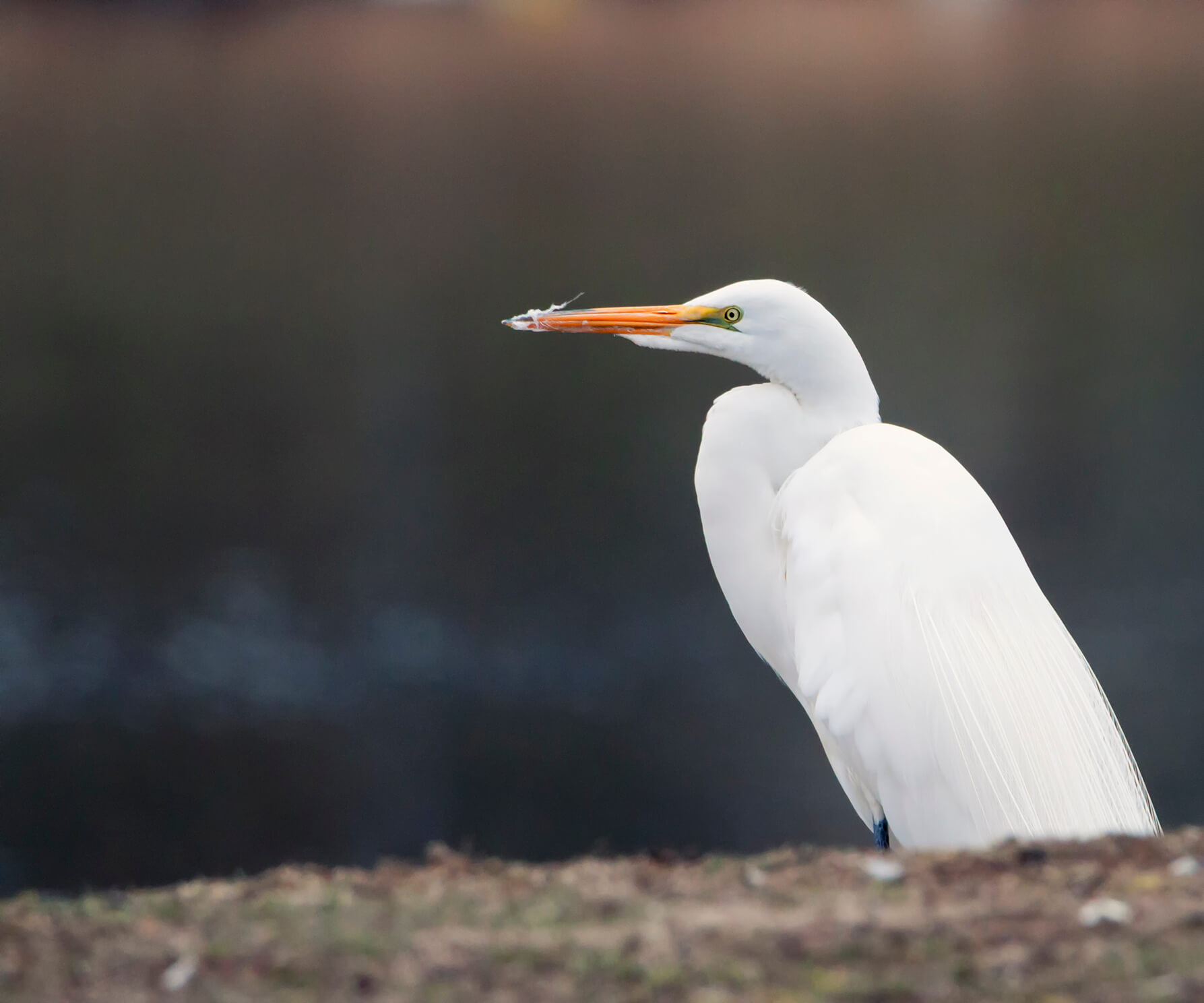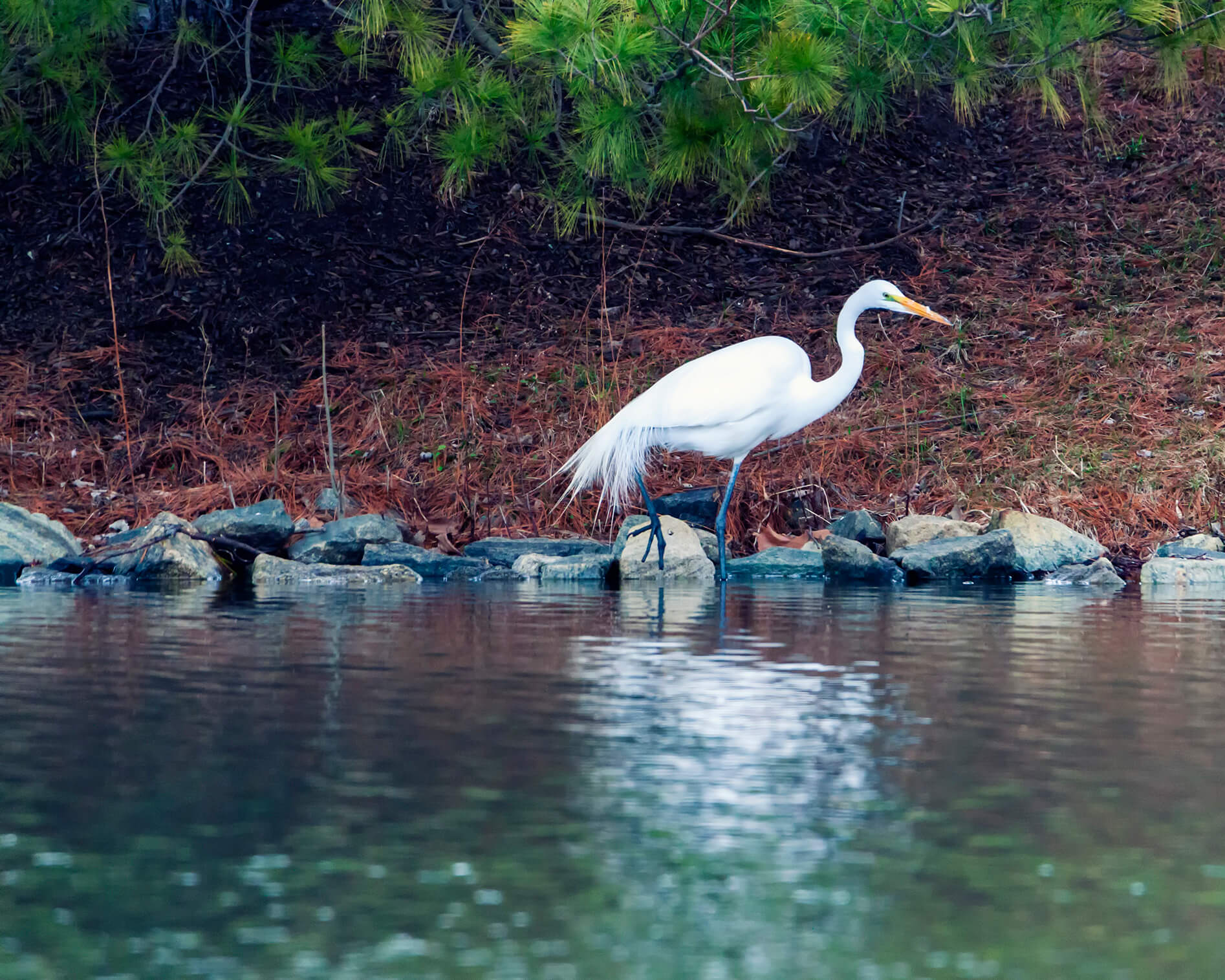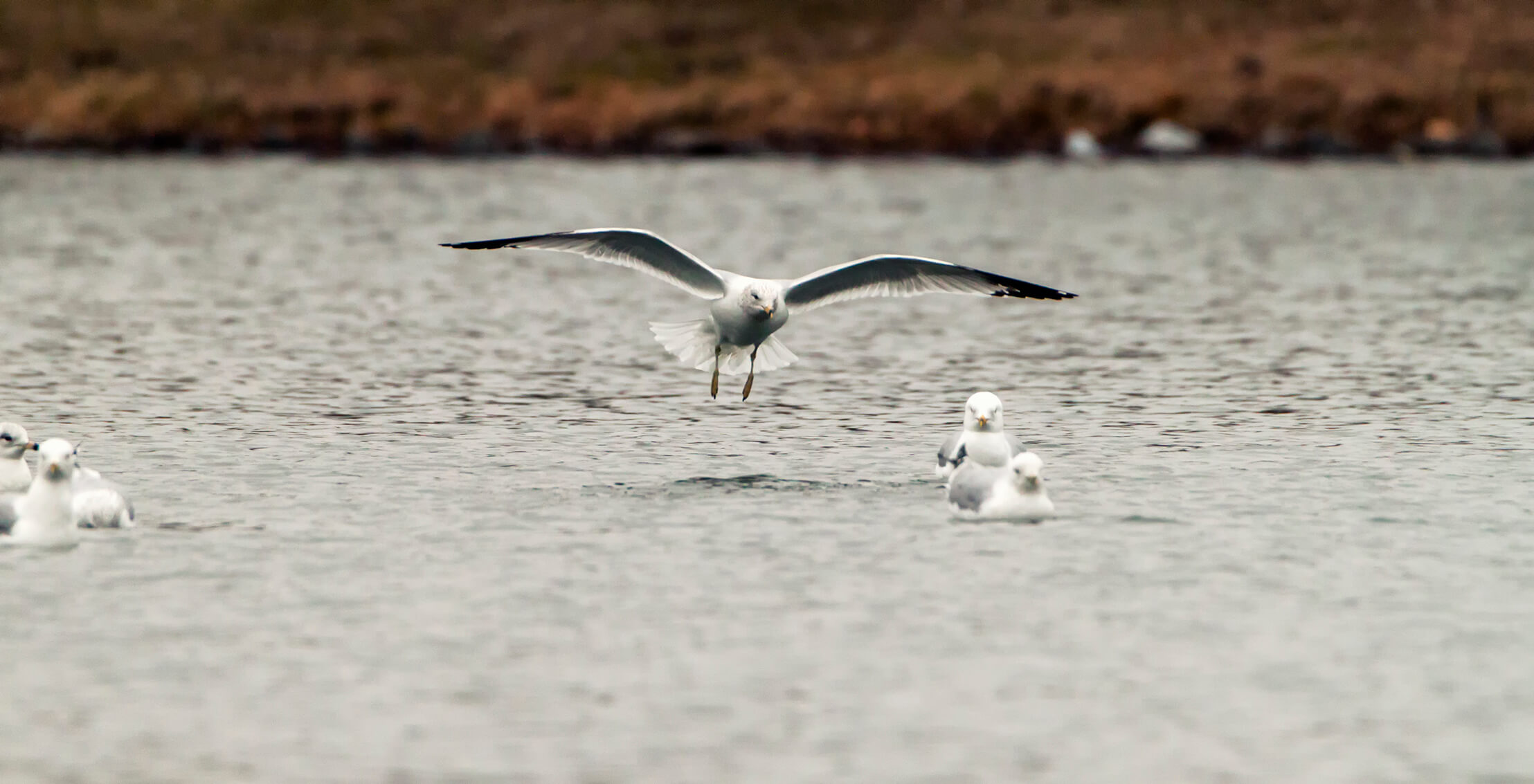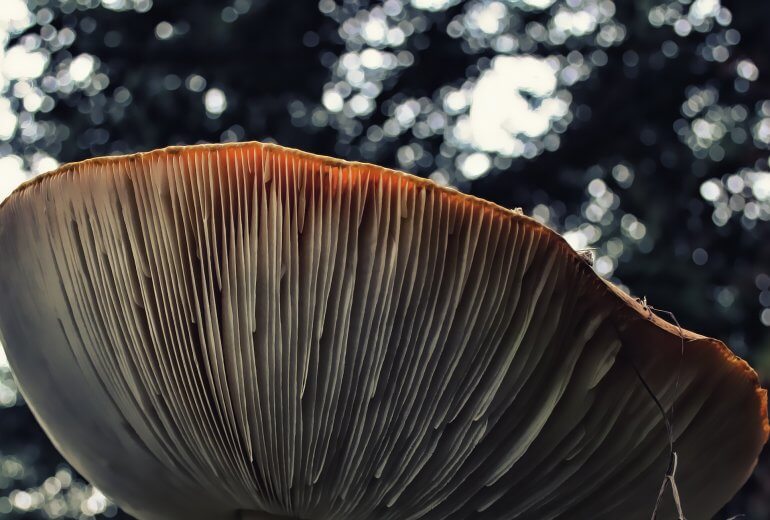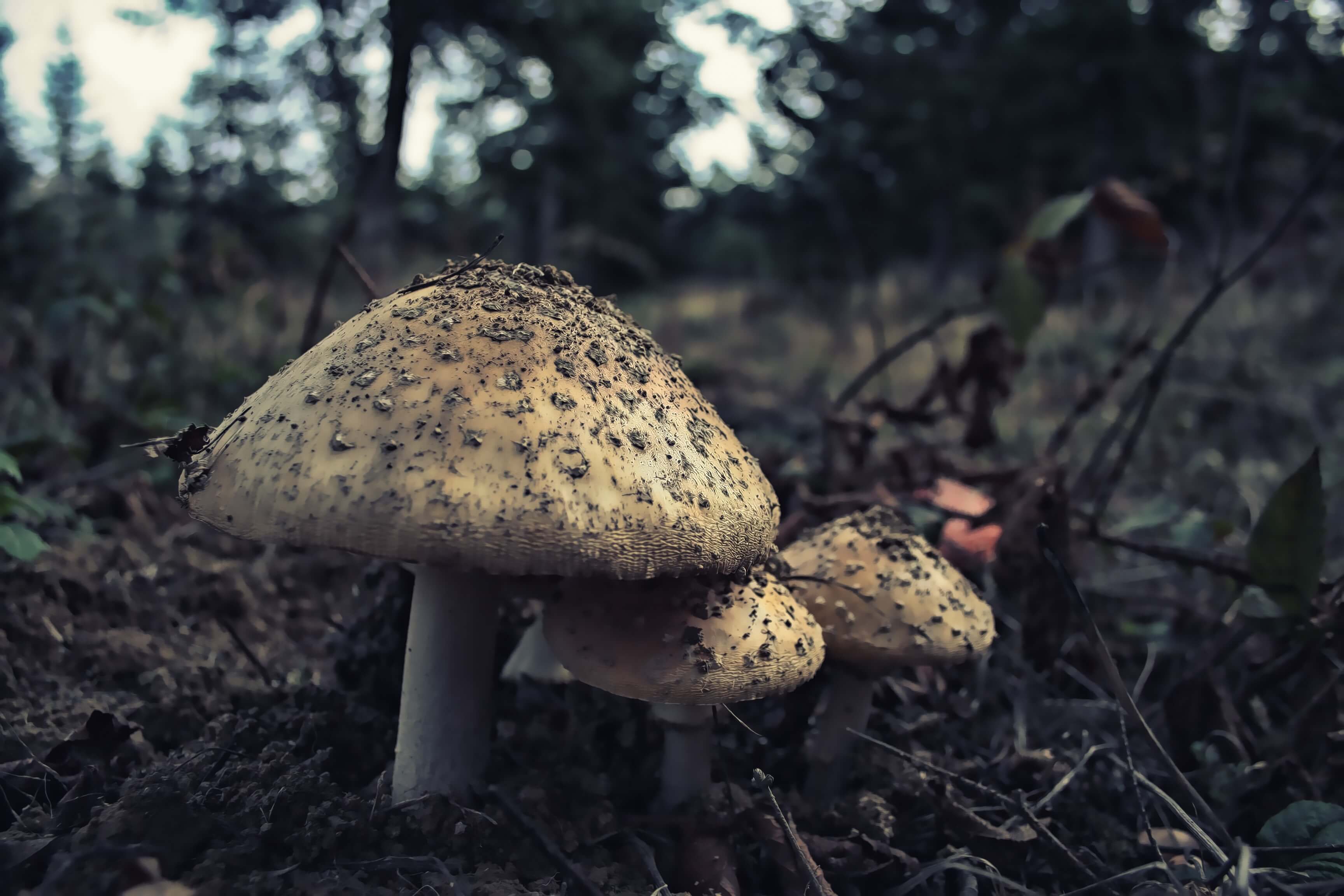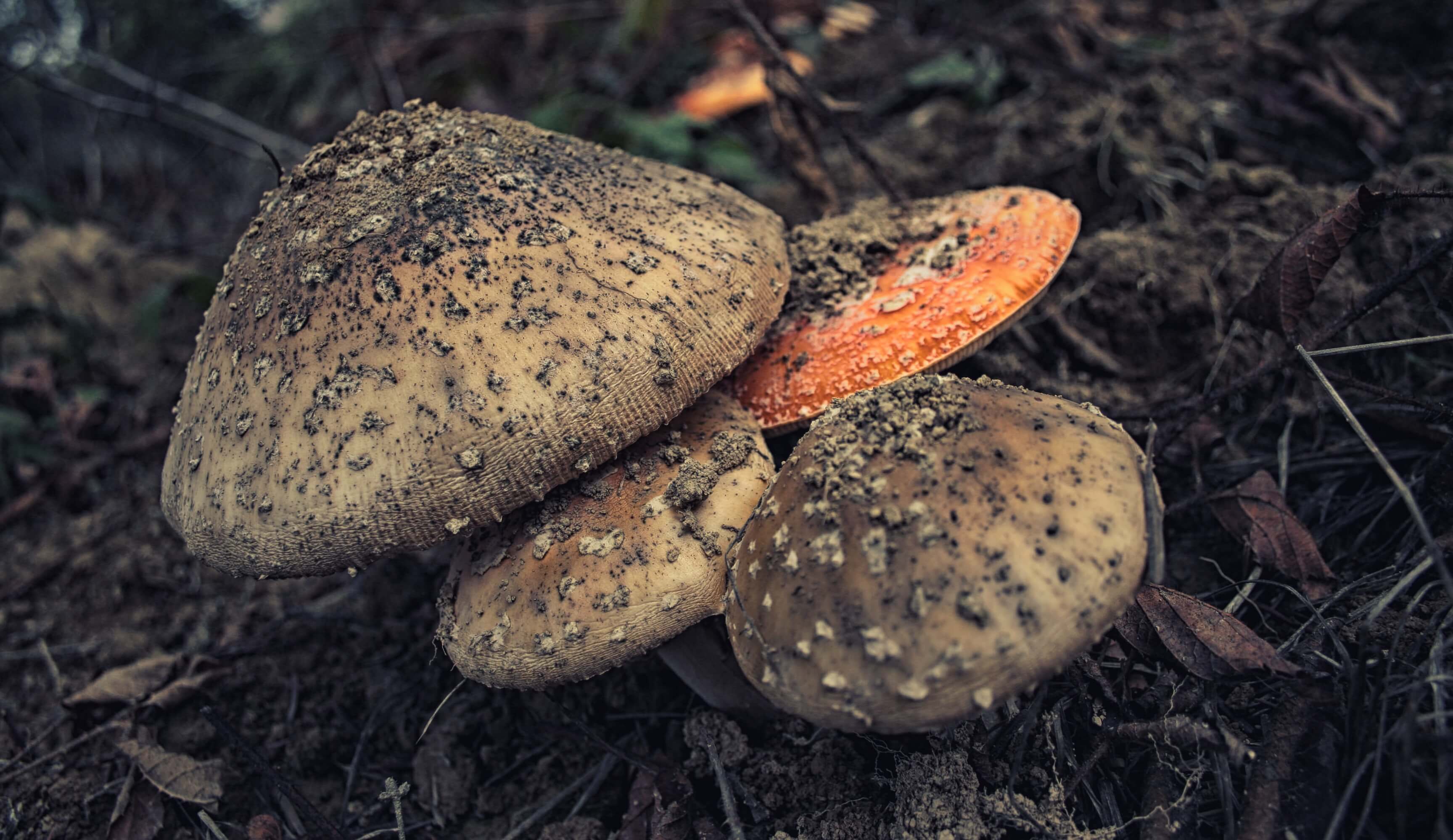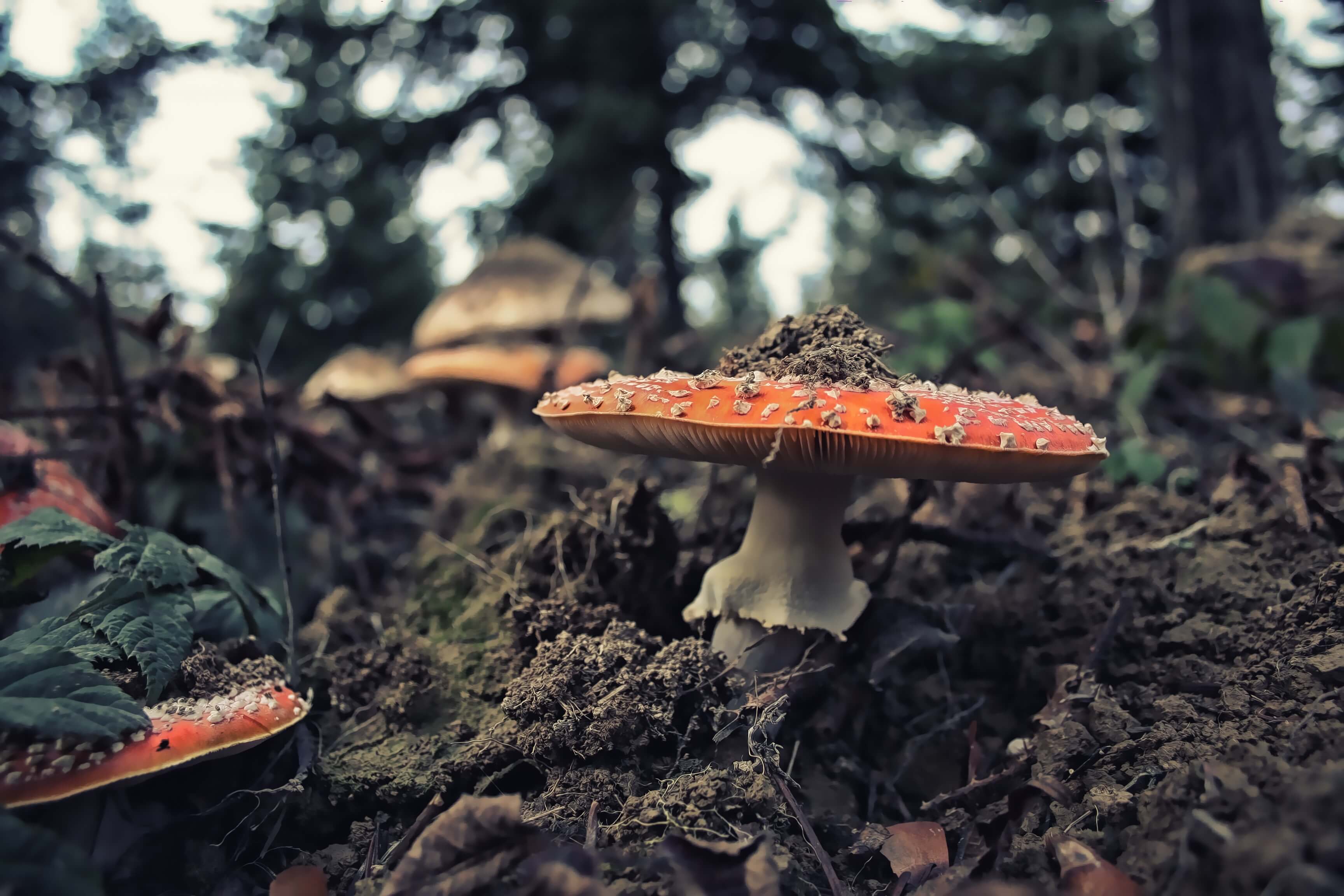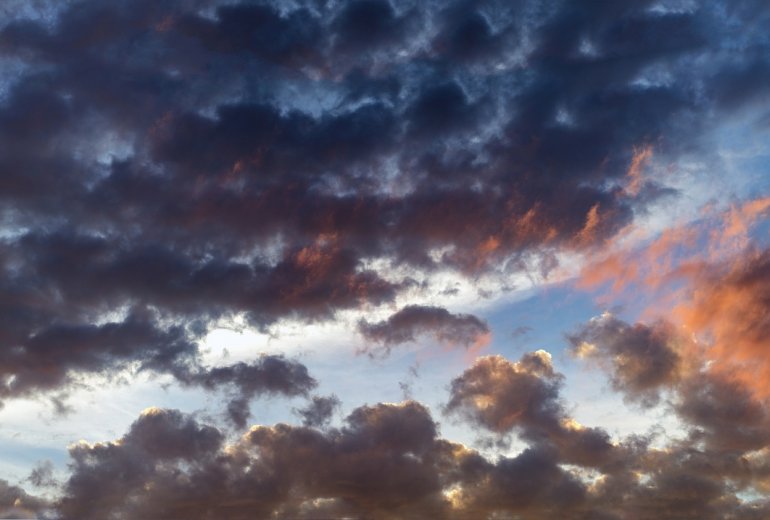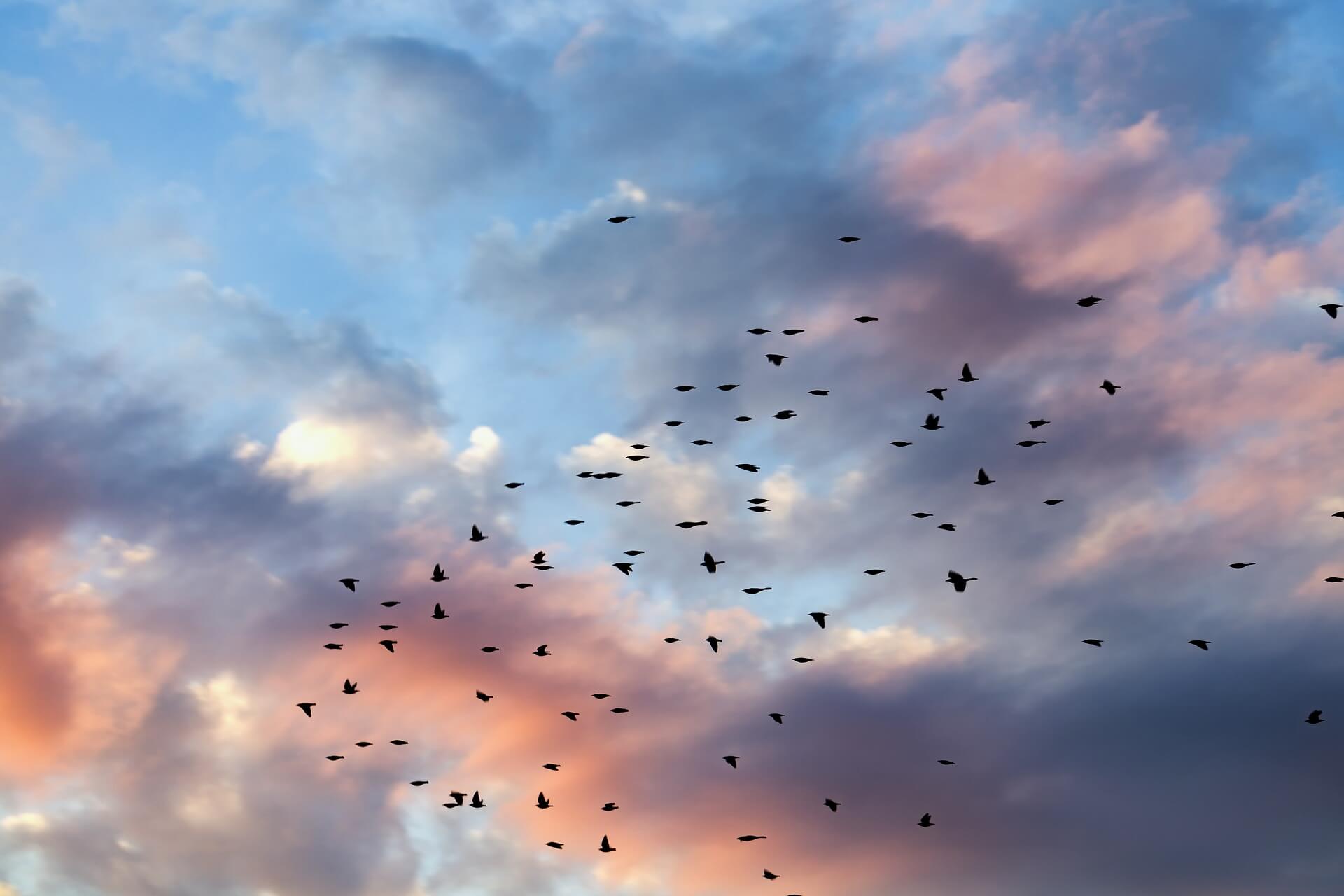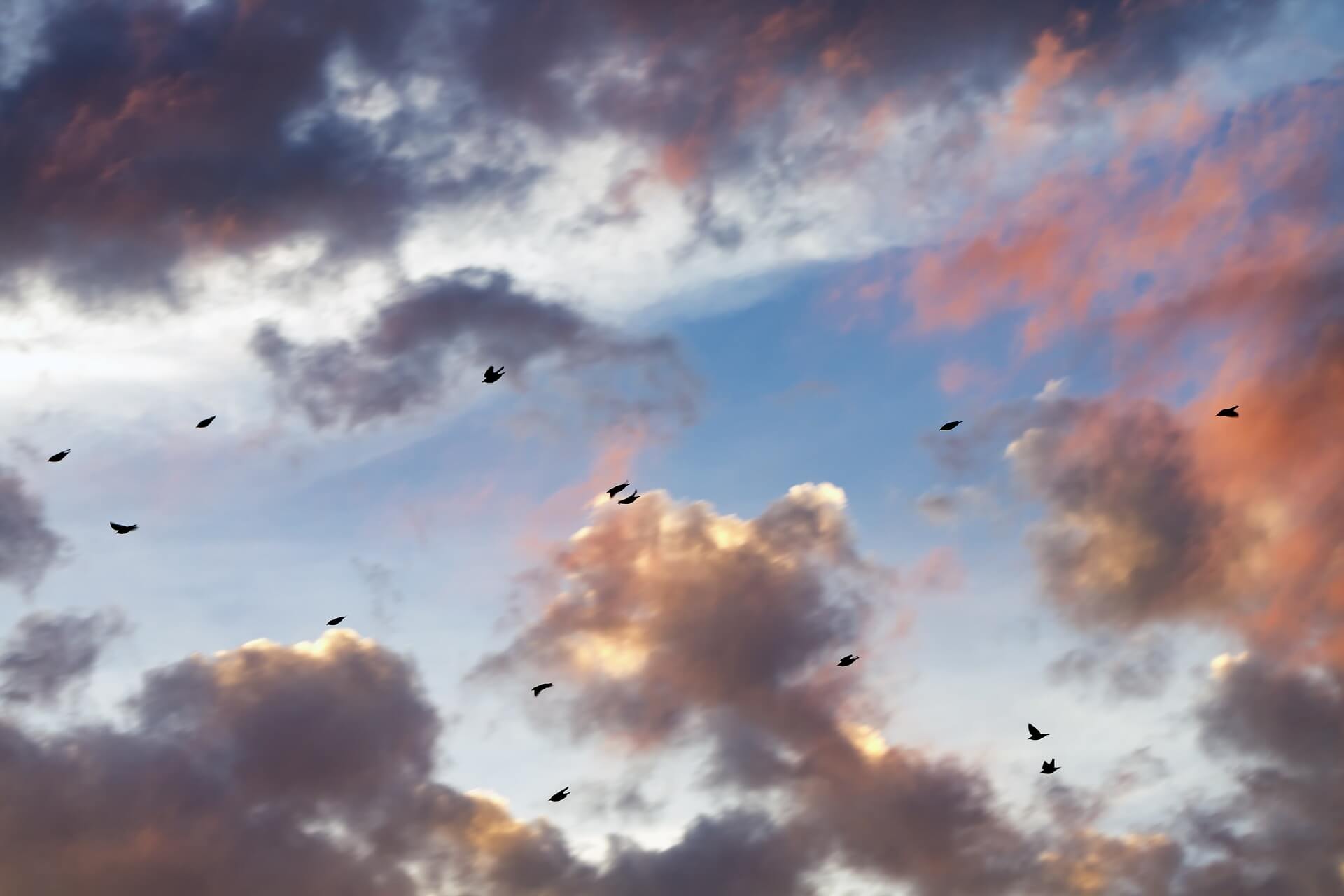Squirrel vs Canon 5D Mark IV with the Tamron 150-600 mm G2 Lens
So, it’s been a while since I’ve posted anything. Now, that winter is here and it’s cold outside, I will have time to publish content.
Once in a while, I take the camera with me when I go hiking. While these pictures might not be anything special per se, they are special to me because at the time I’ve just purchased a new camera. As you can see in the EXIF data under the images, I’ve got a Canon 5d Mark IV. Wohooo!
The day prior I’ve done a hike in the same spot, same trail, and figure I’ll just shoot on Auto mode. O boy, big mistake, while at first glance the pictures looked great. That was not the case when I got home and transferred all the images from the card to the computer. The ISO got bumped to the max setting and the images came out super noisy.
Sad really, because I’ve got a few great shots of chipmunks. Decided to go again the following day and that’s when I got all the pictures that you see below. This time, I went all out…straight up manual mode. No way I was going to risk getting my images ruined again.
I was lucky enough to find a squirrel that enjoyed getting photographed, so took few decent shots. Usually, they don’t really “pose” they just take off as quickly as possible. This particular squirrel did just that but then stopped after it climbed in the tree and then stopped.
To end the rant, the biggest lesson out of this is not to trust your auto mode all the time and make sure you zoom in to 100% when reviewing pictures on the camera, not 50% like I did. ;p
Happy shooting and see you again in my next post.
Continue Reading
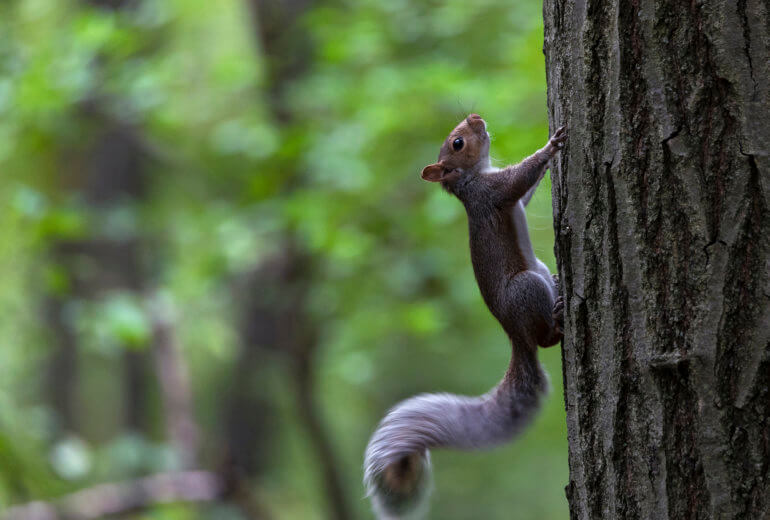
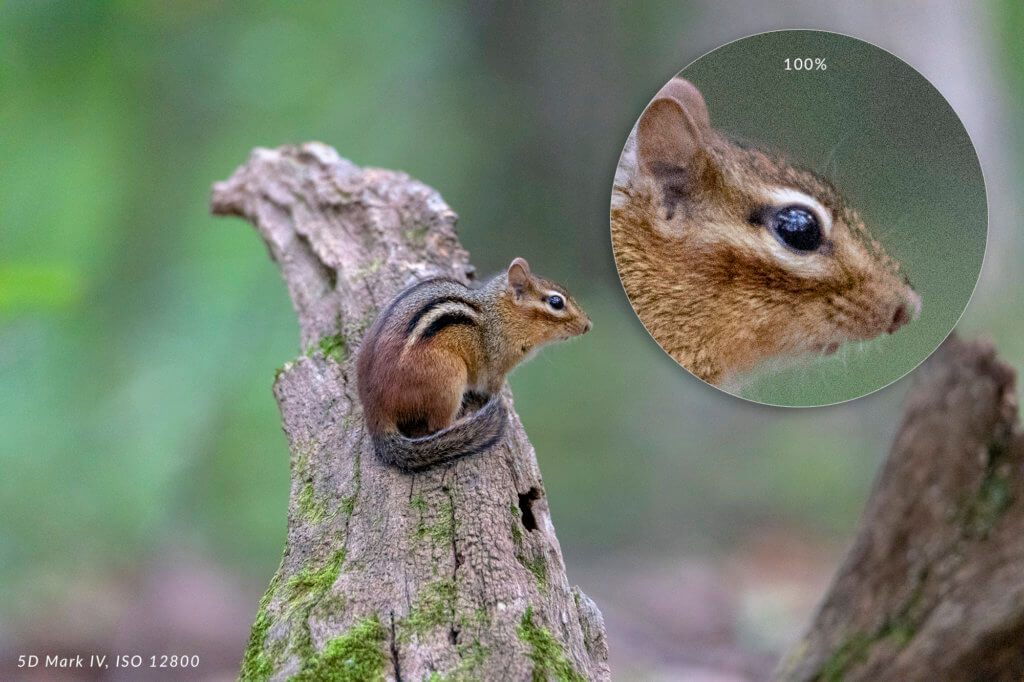
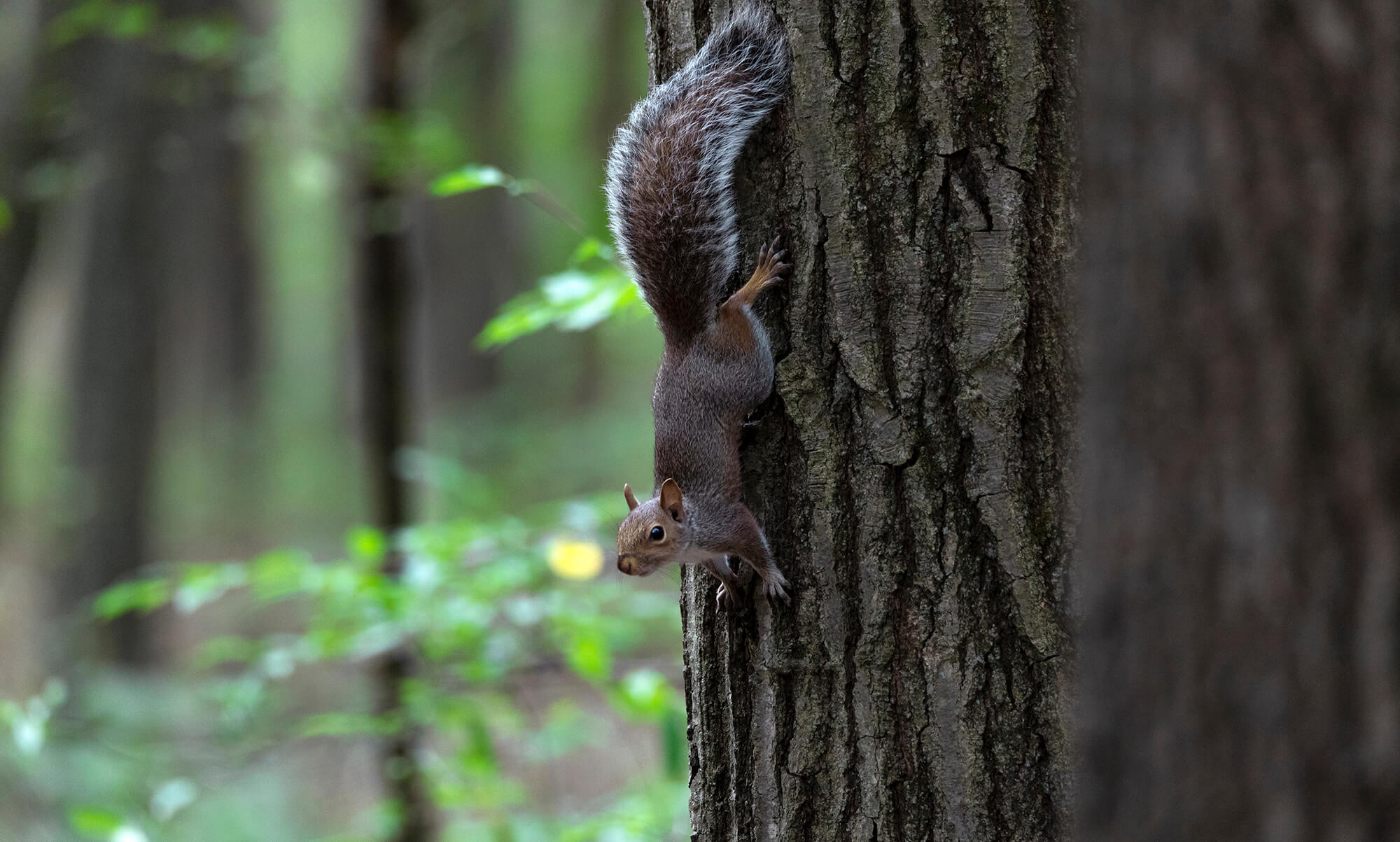
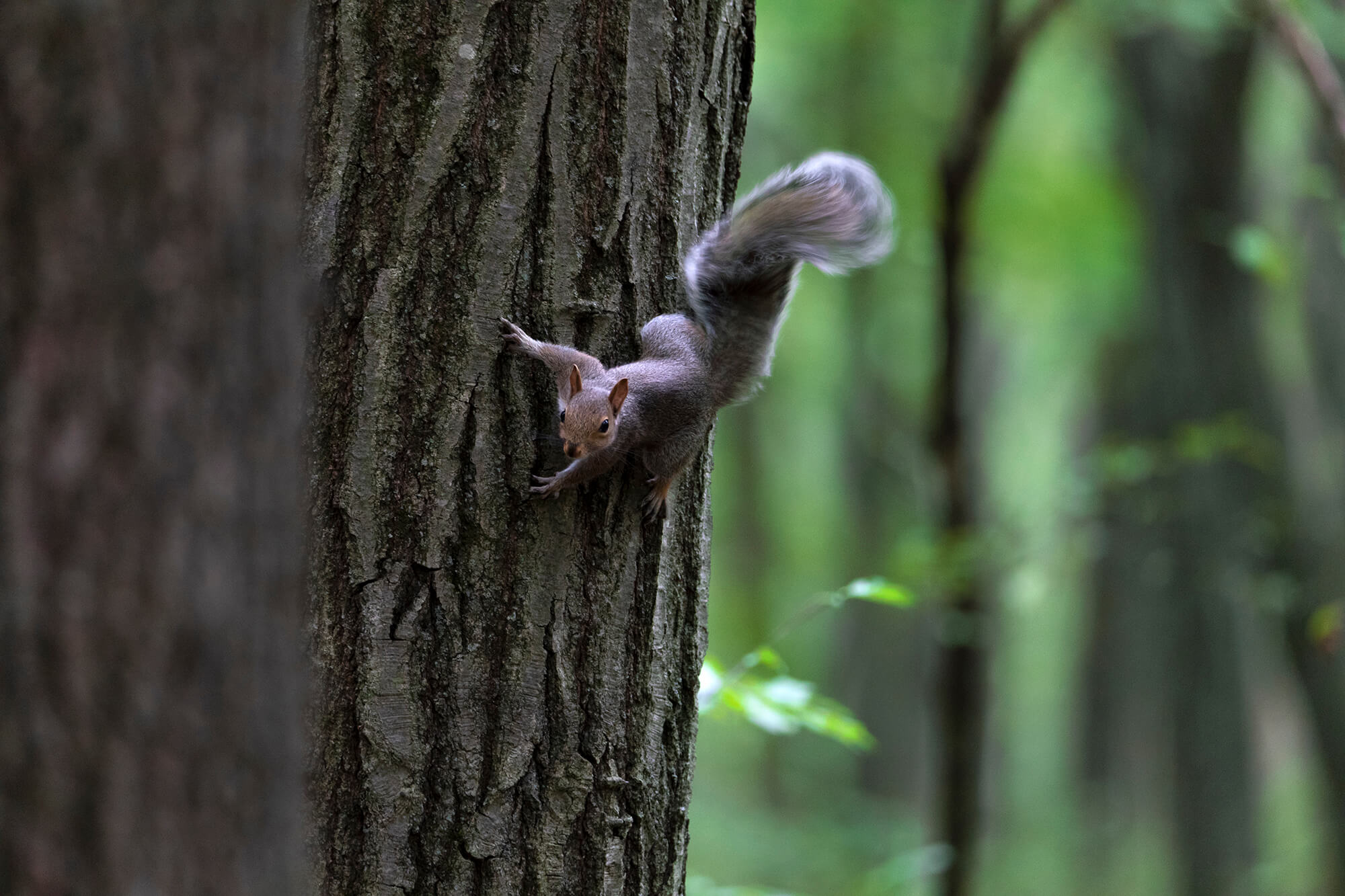
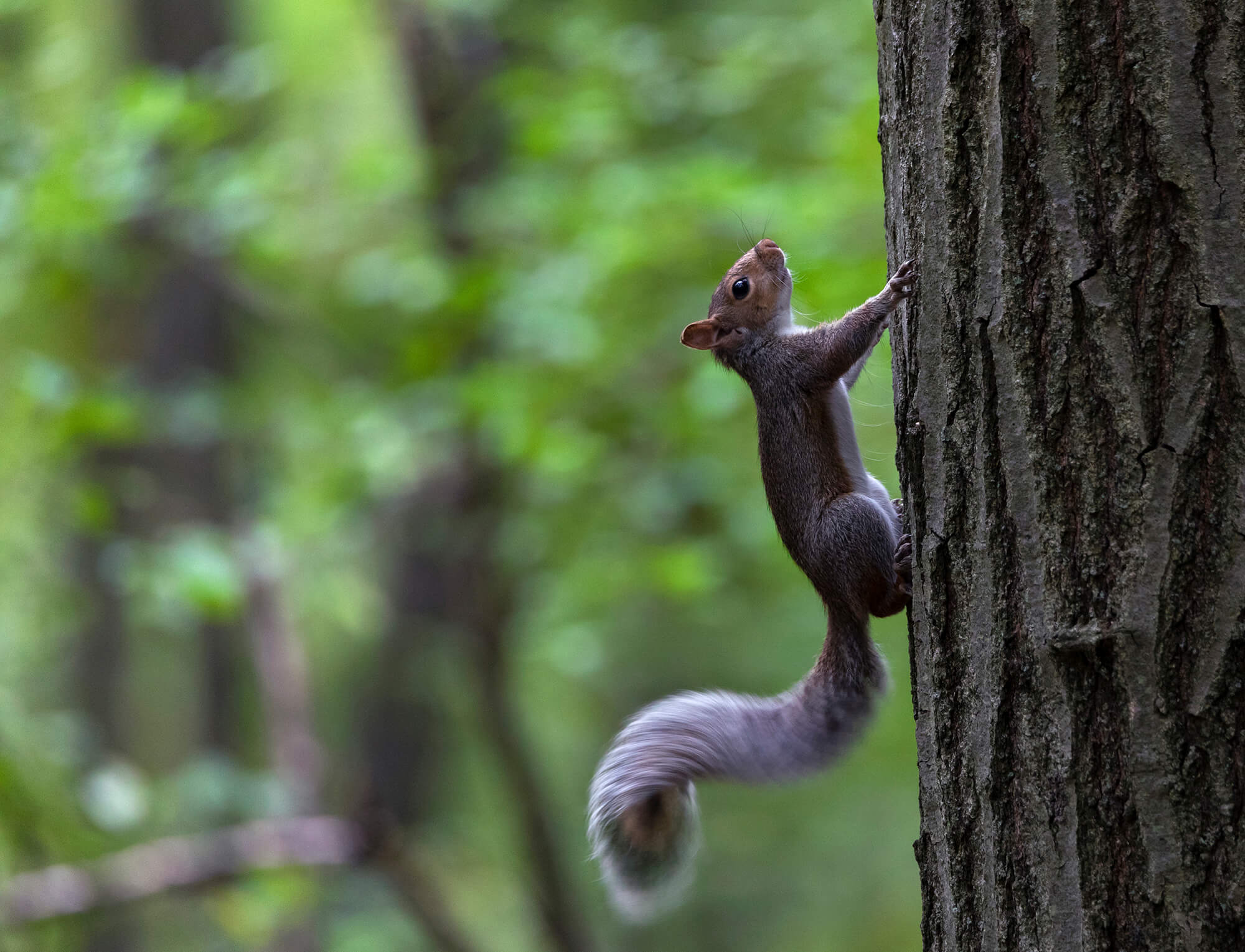
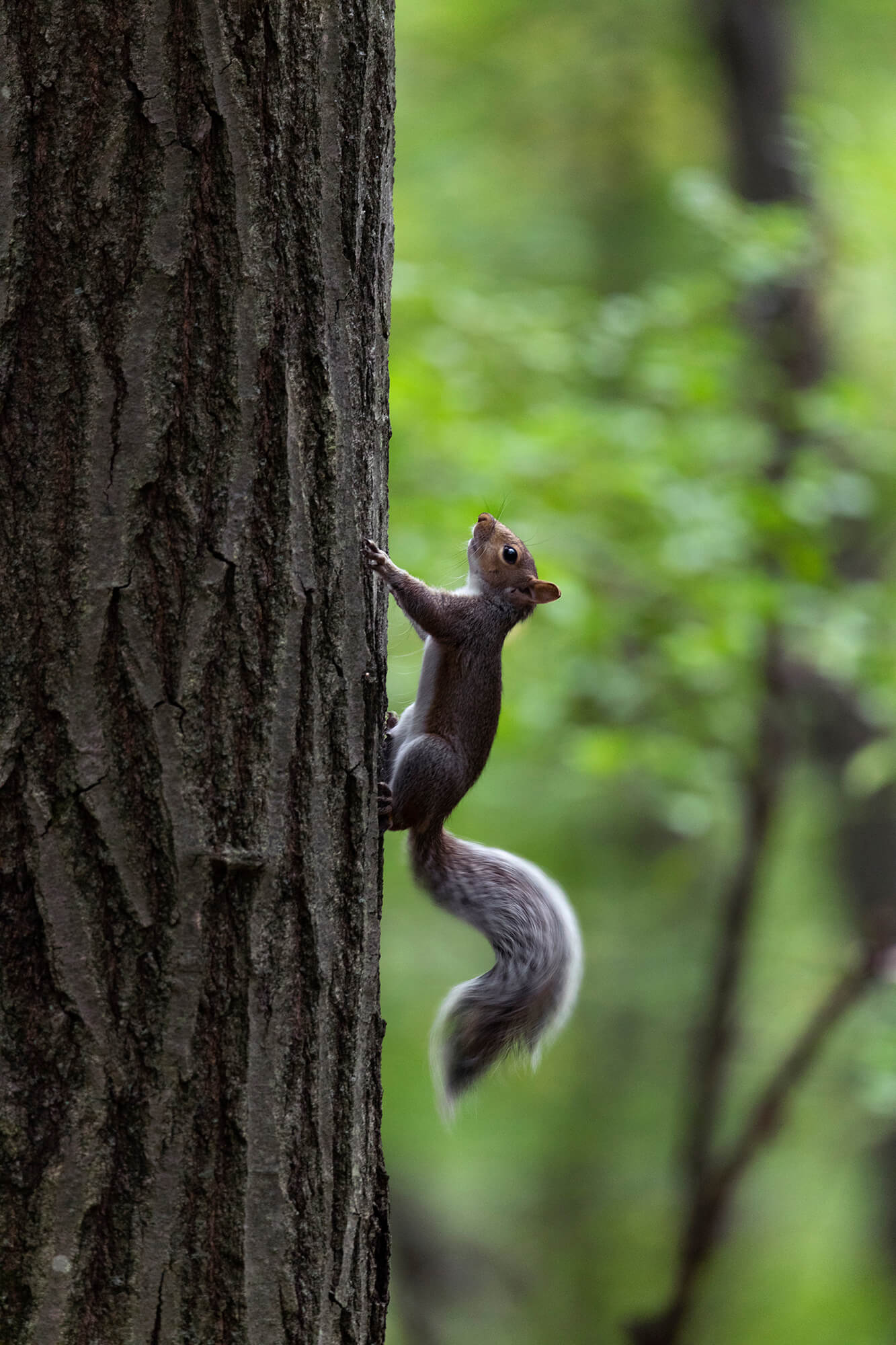
 0
0